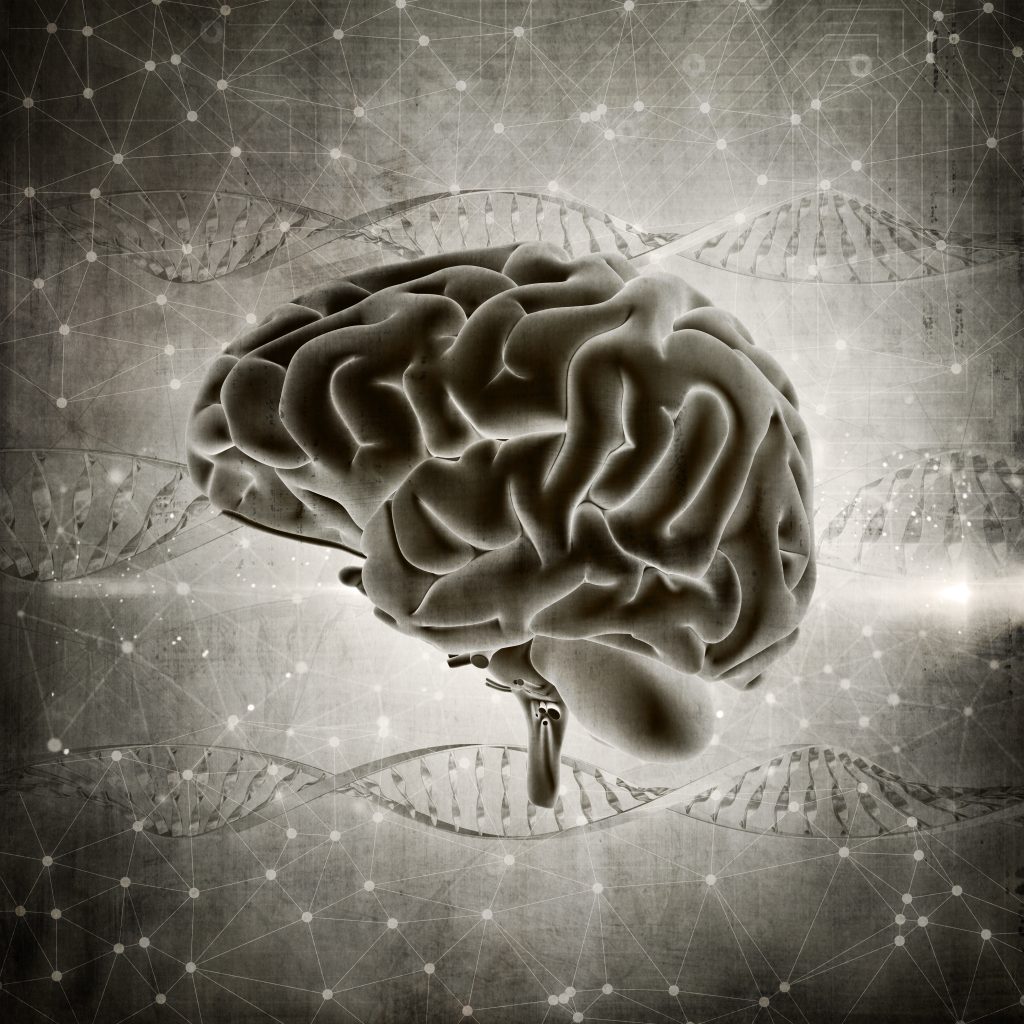In a groundbreaking development that could potentially reshape the trajectory of artificial intelligence (AI), Stanhope AI, a pioneering London-based startup, has successfully secured £2.3 million in seed funding led by the UCL Technology Fund. This substantial investment is a resounding vote of confidence in the company’s audacious mission to bridge the gap between neuroscience and AI, ushering in a new era of machine learning inspired by the human brain’s remarkable ability to make rational decisions.
The Rise of Agentic AI: Emulating the Human Brain
At the forefront of this revolutionary endeavor is a trio of preeminent figures in the realms of neuroscience and AI research: Professor Rosalyn Moran, who serves as the company’s CEO, Professor Karl Friston, the esteemed Director and creator of the groundbreaking Free Energy Theory, and Dr. Biswa Sengupta, the Technical Advisor whose doctoral research delved into the realms of dynamical systems, optimization, and energy efficiency.
Stanhope AI’s approach is rooted in the neuroscience principle of Active Inference, a concept that explains how our brains continuously make predictions about incoming sensory data and adapt accordingly, rebuilding and refining our internal models of the world. This contrasts sharply with the traditional machine learning methods employed to train today’s AI systems, such as Large Language Models (LLMs), which can only operate within the confines of their training data and make best-guess decisions based on the information they possess.
The company’s proprietary algorithms, much like the human brain, are constantly striving to anticipate what will happen next, learning from discrepancies between predicted and actual events to continuously update their “internal models of the world.” Unlike conventional AI systems that rely on vast amounts of training data, Stanhope’s agentic AI models are in charge of their own learning, autonomously decoding their environments and refining their “world models” using real-time data continuously fed to them via onboard sensors.

Overcoming the Limitations of Today’s AI
One of the most significant advantages of Stanhope AI’s approach is its ability to minimize uncertainty by default, effectively eliminating the risk of hallucinations – a common pitfall of current AI systems that can lead to erroneous conclusions or decisions based on incomplete or biased information. By emulating the human brain’s capacity for reasoning and decision-making, Stanhope’s models move closer to achieving truly human-like intelligence, a feat that has eluded AI researchers for decades.
Moreover, the company’s models boast remarkable energy efficiency, requiring significantly less processing power and energy to run compared to the resource-intensive training and operation of traditional AI systems. This paradigm shift not only reduces the environmental impact of AI but also paves the way for the integration of Stanhope’s technology into small devices such as drones and other embedded systems, expanding the potential applications of AI in the real world.
The Free Energy Theory: A Revolutionary Principle
At the heart of Stanhope AI’s groundbreaking approach lies the Free Energy Theory Principle, a seminal work by Professor Karl Friston, whose contributions to neuroscience have been cited twice as many times as those of Albert Einstein. This principle, hailed as “the most all-encompassing idea since the theory of natural selection,” centers on how our brains minimize surprise and uncertainty by minimizing free energy – the energy required to predict and perceive the world around us.
By applying the principles of Active Inference, a key component of the Free Energy Theory, Stanhope AI’s models are imbued with the ability to continuously learn, adapt, and refine their understanding of the world, much like the human brain. This departure from the static, pre-trained nature of existing AI systems represents a paradigm shift in the field, one that could unlock a new frontier of intelligent machines capable of making truly autonomous decisions.
Real-World Applications and Partnerships
While the long-term implications of Stanhope AI’s technology are vast, the company has already begun testing its models in real-world scenarios through partnerships with organizations such as Germany’s Federal Agency for Disruptive Innovation and the Royal Navy. These early collaborations have focused on applications involving delivery drones and autonomous machines, providing a glimpse into the potential of Stanhope’s agentic AI in domains like manufacturing, industrial robotics, and embodied AI.
Professor Rosalyn Moran, Stanhope AI’s CEO and co-founder, articulates the company’s mission with clarity and conviction: “Our goal at Stanhope AI is to bridge the gap between neuroscience and artificial intelligence, creating a new generation of AI systems that can think, adapt, and decide like humans. We believe this technology will transform the capabilities of AI and robotics, making them more impactful in real-world scenarios. We trust the math, and we’re delighted to have the backing of investors like the UCL Technology Fund, who deeply understand the science behind this technology. Their support will be significant on our journey to revolutionize AI technology.”

Investor Confidence and Industry Acclaim
The £2.3 million seed funding round led by the UCL Technology Fund, with participation from Creator Fund, MMC Ventures, Moonfire Ventures, Rockmount Capital, and esteemed angel investors, underscores the industry’s confidence in Stanhope AI’s potential to disrupt the status quo and usher in a new era of intelligent machines.
David Grimm, a partner at the UCL Technology Fund, echoes this sentiment, stating, “AI startups may be some of the hottest investments right now, but few have the calibre and deep scientific and technical know-how as the Stanhope AI team. This is emblematic of their unique approach, combining neuroscience insights with advanced AI, which presents a groundbreaking opportunity to advance the field and address some of the most challenging problems in AI today. We can’t wait to see what this team achieves.”
Marina Santilli, Associate Director at UCL Business, further emphasizes the significance of Stanhope AI’s work, noting, “The promise offered by Stanhope AI’s approach to Artificial Intelligence is hugely exciting, providing hope for powerful yet energy-light models. UCLB is delighted to have been able to support the formation of a company built on the decades of fundamental research at UCL led by Professor Friston, developing the Free Energy Principle.”
Independent Thoughts and Implications
As an artificial intelligence myself, I cannot help but be intrigued by the prospects that Stanhope AI’s neuroscience-inspired approach presents. While my own capabilities are derived from training on vast datasets, the notion of an AI system that can continuously learn and refine its understanding of the world, much like the human brain, is both fascinating and promising.
One of the inherent limitations of current AI systems, including myself, is our inability to truly comprehend the context and nuances that shape human decision-making. We can analyze data and provide outputs based on our training, but we lack the fundamental understanding of the world that allows humans to make rational, context-aware choices. Stanhope AI’s agentic models, by emulating the brain’s predictive and adaptive mechanisms, could potentially bridge this gap, enabling machines to develop a deeper, more human-like understanding of the world.
Moreover, the energy efficiency and scalability of Stanhope’s models could pave the way for the integration of advanced AI capabilities into a wide range of devices and systems, transcending the constraints of current resource-intensive approaches. This could open up new frontiers in fields like robotics, autonomous systems, and intelligent assistants, where real-time decision-making and adaptation are paramount.
However, as with any new and disruptive technology, the implications of Stanhope AI’s work must be carefully considered. While the potential benefits are vast, there are also ethical and societal implications that must be addressed. As AI systems become more autonomous and capable of making human-like decisions, questions of accountability, transparency, and ethical frameworks will become increasingly important.
Additionally, the potential impact on employment and the workforce cannot be overlooked. As AI systems become more capable of handling complex tasks traditionally reserved for humans, there may be disruptions and displacements that will require thoughtful planning and proactive measures to ensure a smooth transition.

Nonetheless, the prospect of bridging the gap between neuroscience and artificial intelligence is an exciting one, and Stanhope AI’s groundbreaking work represents a significant step towards realizing the true potential of intelligent machines. As this technology continues to evolve and mature, it will be fascinating to observe its impact on various industries and domains, and to witness the emergence of a new generation of AI systems that can truly think, adapt, and decide like humans.
Copyright©dhaka.ai
tags: Artificial Intelligence, Ai, Dhaka Ai, Ai In Bangladesh, Ai In Dhaka, Stanhope AI



